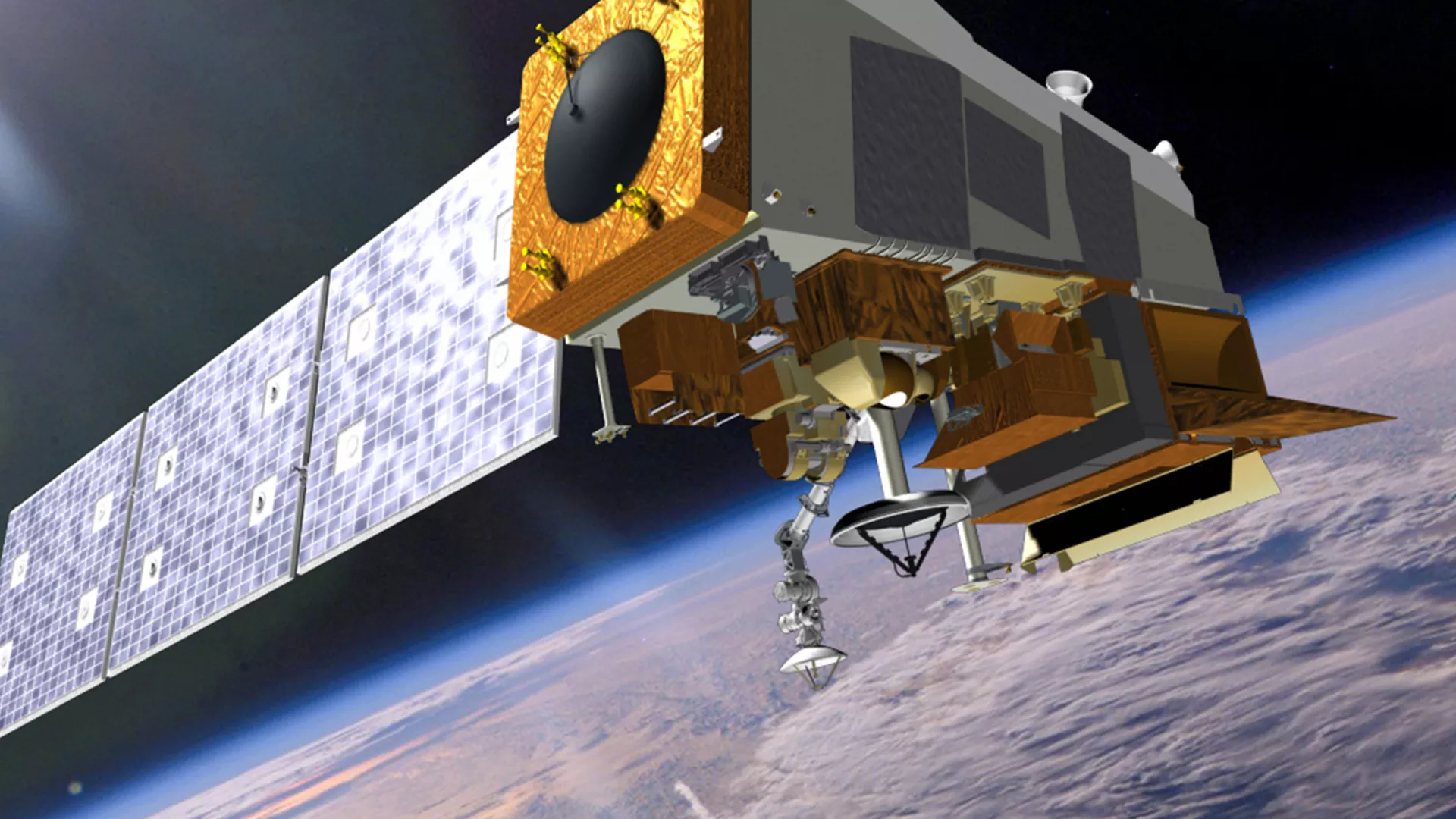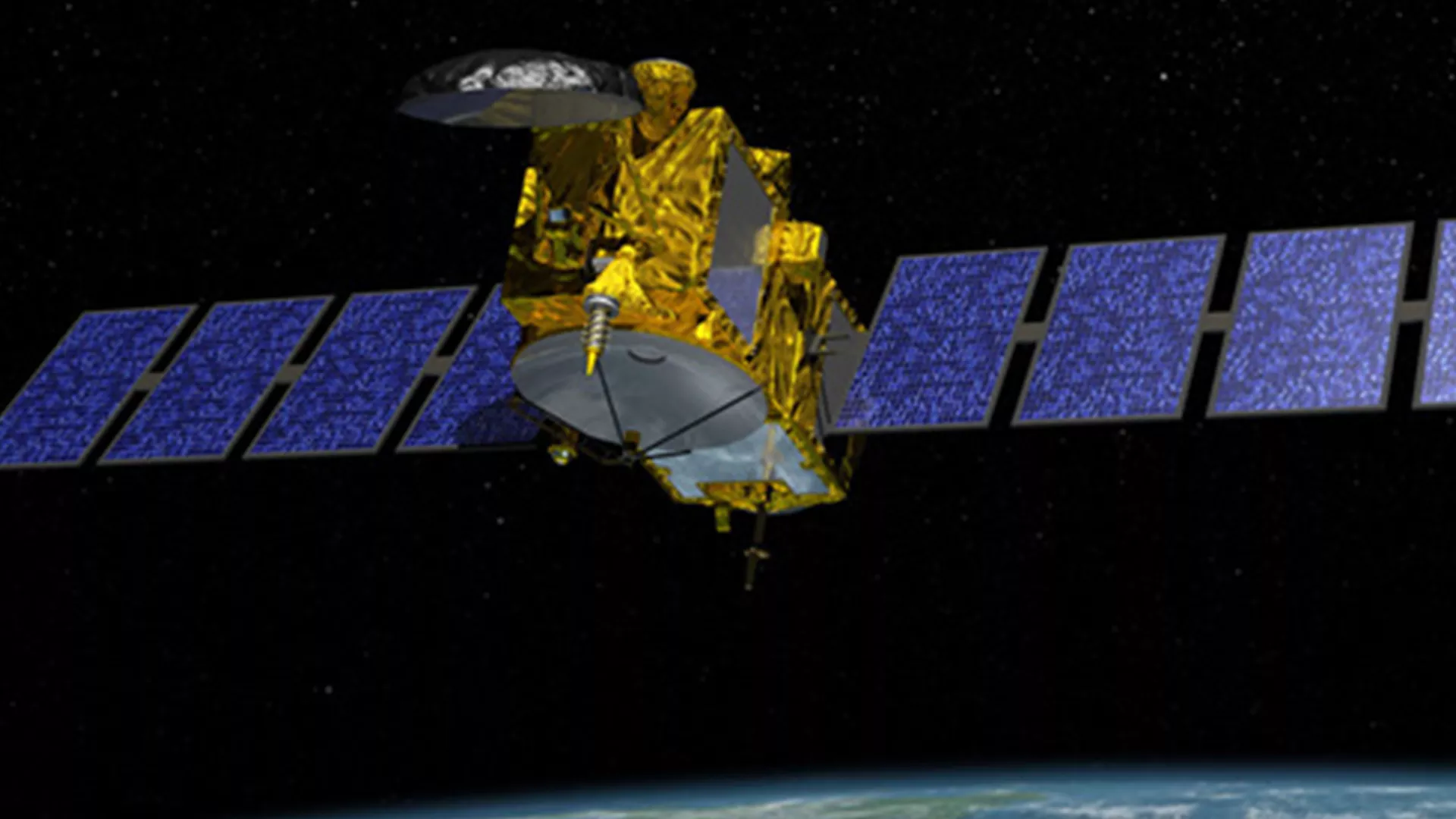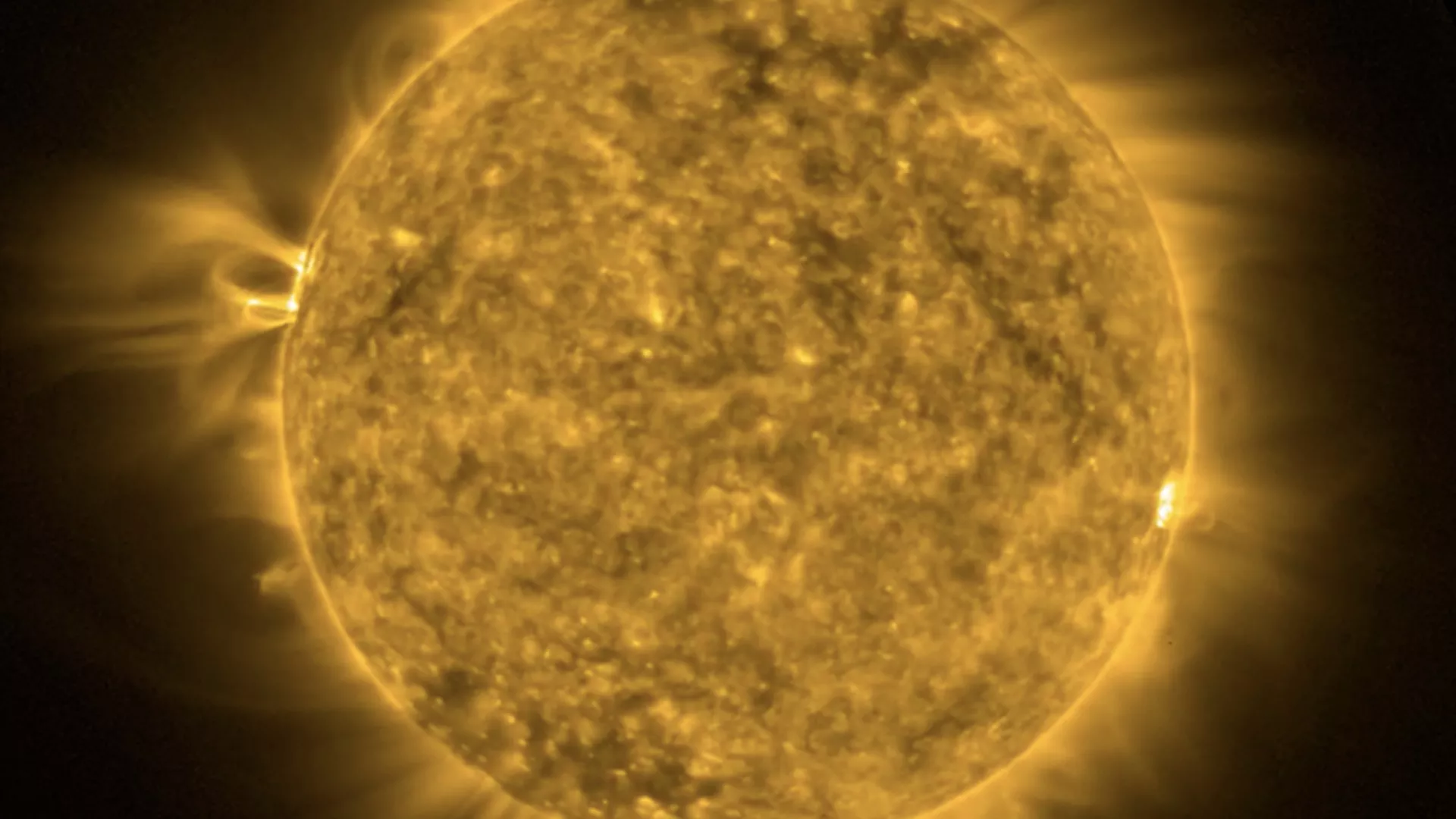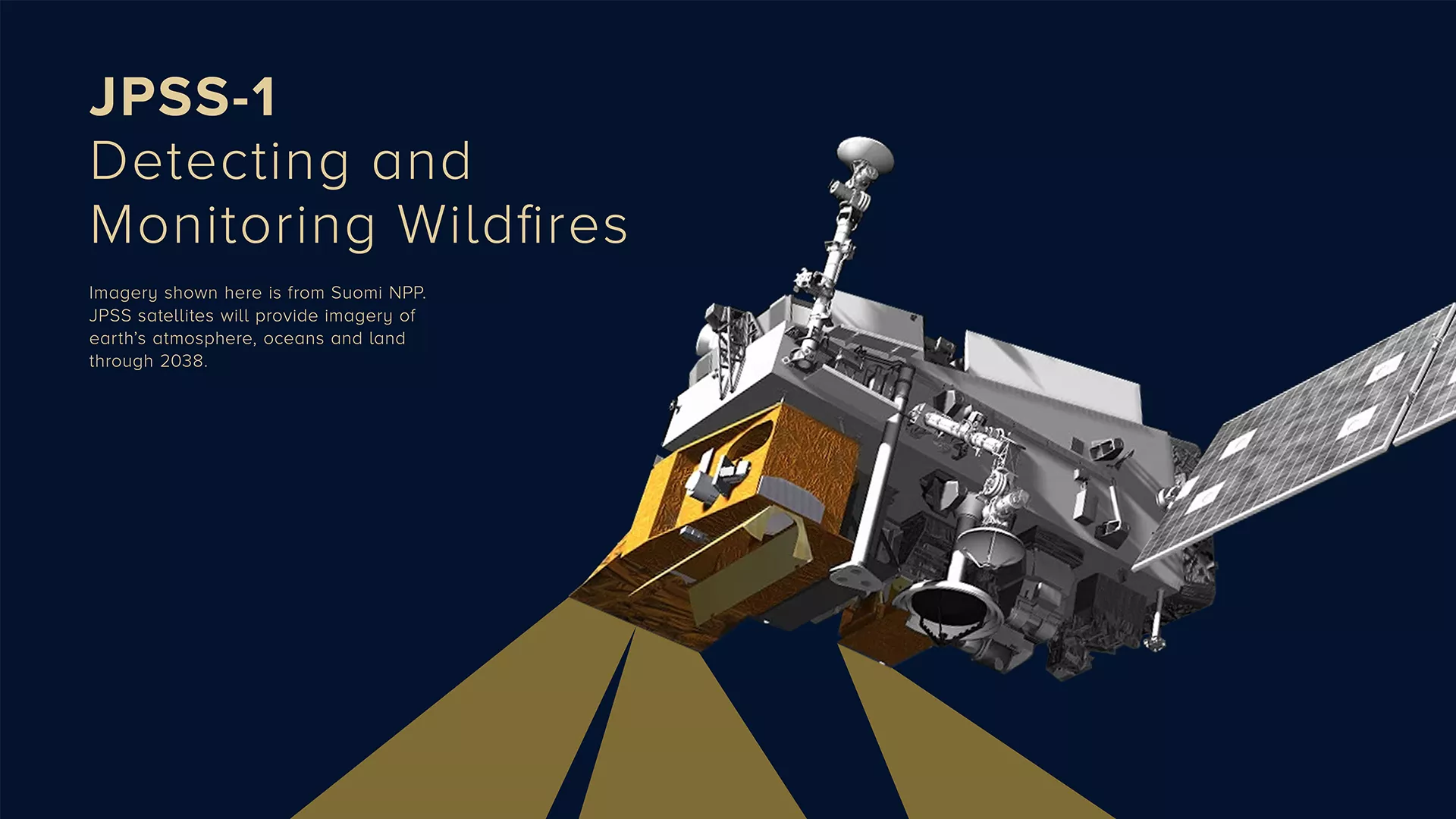Here at the National Environmental Satellite, Data, and Information Service (NESDIS), we provide secure and timely access to global environmental data and information from satellites and other sources to promote and protect the Nation's security, environment, economy, and quality of life.
How do we do this? This page provides an overview of NESDIS with media that explains our operations and programs.









